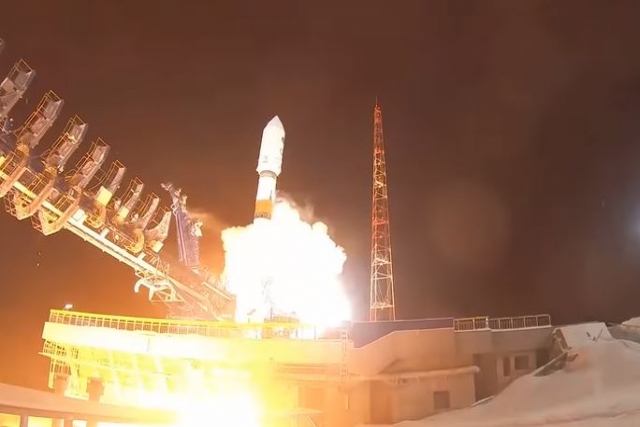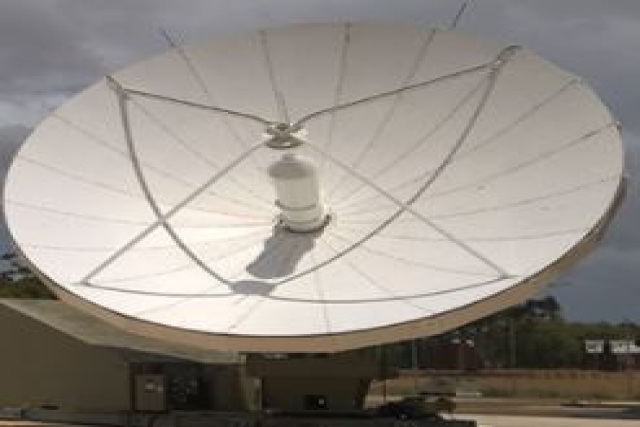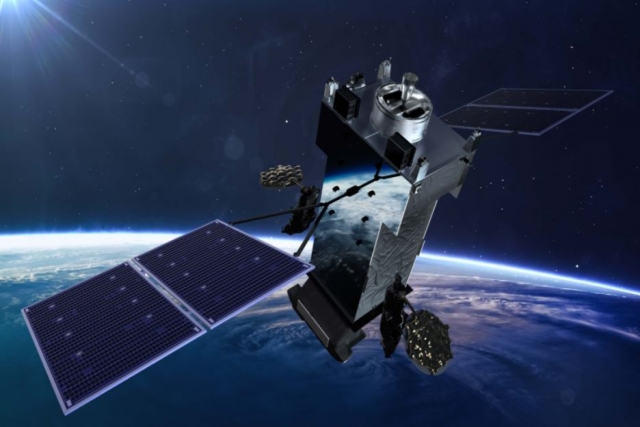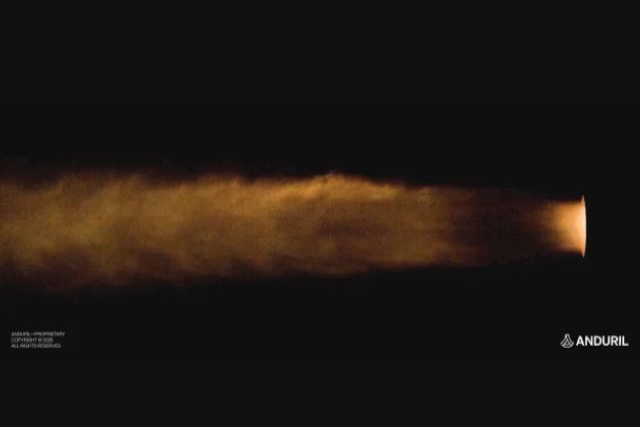France to Design Laser Satellite Communication System
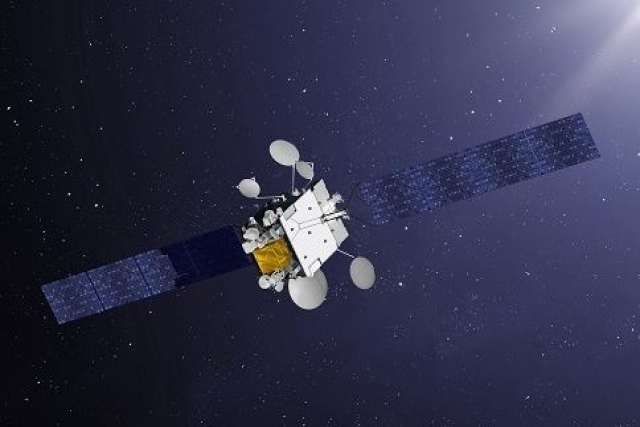
French Minister of the Armed Forces Florence Parly announced a new project to design a new laser satellite communication system at the Defense Innovation Forum held recently.
The KERAUNOS project aims to experiment with an innovative, high-speed optical communication link between a 10 kg nanosatellite and a compact ground station. The Defense Innovation Agency (AID) is funding this innovation acceleration project to the tune of €5.5 million, which constitutes a first global experiment.
The KERAUNOS project consists of experimenting, from 2022, the transmission of data by optical satellite telecommunications from a nano-satellite, designed and launched into low orbit by the company Unseenlabs, via a new solution from the Cailabs company, which is particularly compact and lightweight. in its reception part. The modern and agile software architecture of Unseenlabs nano-satellites offers the possibility of integrating this laser payload in this New Space tempo.
The advantages of the optical link, compared to the radio link usually used, are in particular the speed, the discretion and the freedom from sharing transmission frequencies between different users. However, the turbulence of the atmosphere produces disturbances on the transmission of data sent from the satellite which must be corrected at the level of the ground receiver. The technologies currently used, of the adaptive optical type, are imposing and not very mobile.
Cailabs' technology, which will be tested during KERAUNOS, makes it possible to circumvent the current constraints weighing on the ground receiver for industrial or operational jobs. If successful, the experiment would constitute a world first in high-speed optical satellite communication with treatment of atmospheric turbulence without adaptive optics. This success would make possible a rapid deployment of laser communications on mobile, land, naval or air platforms. This system could eventually be integrated into future satellite systems of the Ministry of the Armed Forces.

